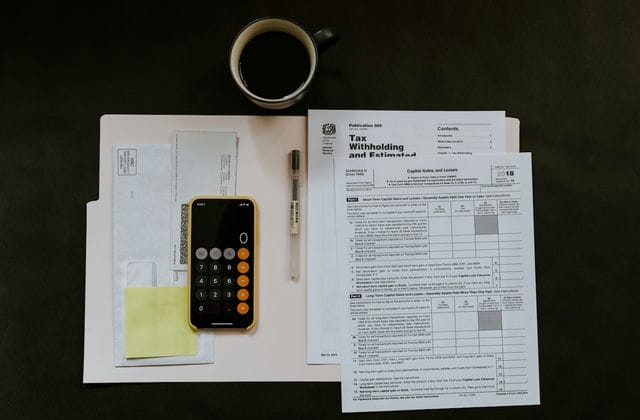What is a bond?
A bond is a debt instrument that the government, financial institutions, industrial and commercial enterprises, etc. want to issue to investors when they borrow funds directly from society and promise to pay interest at a certain rate and repay the principal on agreed terms. By buying a bond, the investor is lending money to the issuer of the bond, while the issuer promises to repay the principal and make regular interest payments on the maturity date of the bond. The investor usually receives regular interest payments until the bond matures, so bonds are also seen as a fixed income investment product.

Basic elements of bonds
To understand bonds, it is important to first understand the basic elements of a bond. Although there are different types of bonds, the main elements can be basically the same.
1, The maturity of the bond
Like all loans, bonds usually have a set date for repayment of principal. The maturity date of a bond determines when the holder of the bond will receive the principal amount.
2, The face value of a bond
The face value of a bond, referred to as the face value, is the amount of the coupon set at the time of issuance and the amount of principal the bondholder will receive at maturity, which is generally RMB100 per bond issued in China. Bonds will be traded on the secondary market after issuance and their prices may fluctuate, but no matter what price a bond is bought at, the bond will be subject to the face value of the bond at maturity.
3, The price of bonds
Due to changes in supply and demand, and interest rates in the money market, the market for a bond does not necessarily equal its par value and is not fixed, and the price is often out of line with its face value. At the same time, the price of a bond is directly related to the market interest rate.

4, The coupon rate of a bond
The coupon rate of a bond is the ratio of the interest rate to the face value of the bond and is the standard for calculating the remuneration that the issuer promises to pay to the bondholders in a certain period of time in the future. The determination of the coupon rate of a bond is mainly influenced by factors such as bank interest rates, the creditworthiness of the issuer, the repayment period and interest calculation method, as well as the supply and demand of funds in the capital market at the time. It is worth noting that the coupon rate is closely proportional to the calculation of interest and is not the actual interest rate at which the investor would pay if he/she purchased and held the bond to maturity.
5, The issuer of the bond
The name of the issuer identifies the debtor of the bond and provides the basis for creditors to recover principal and interest when due.




























